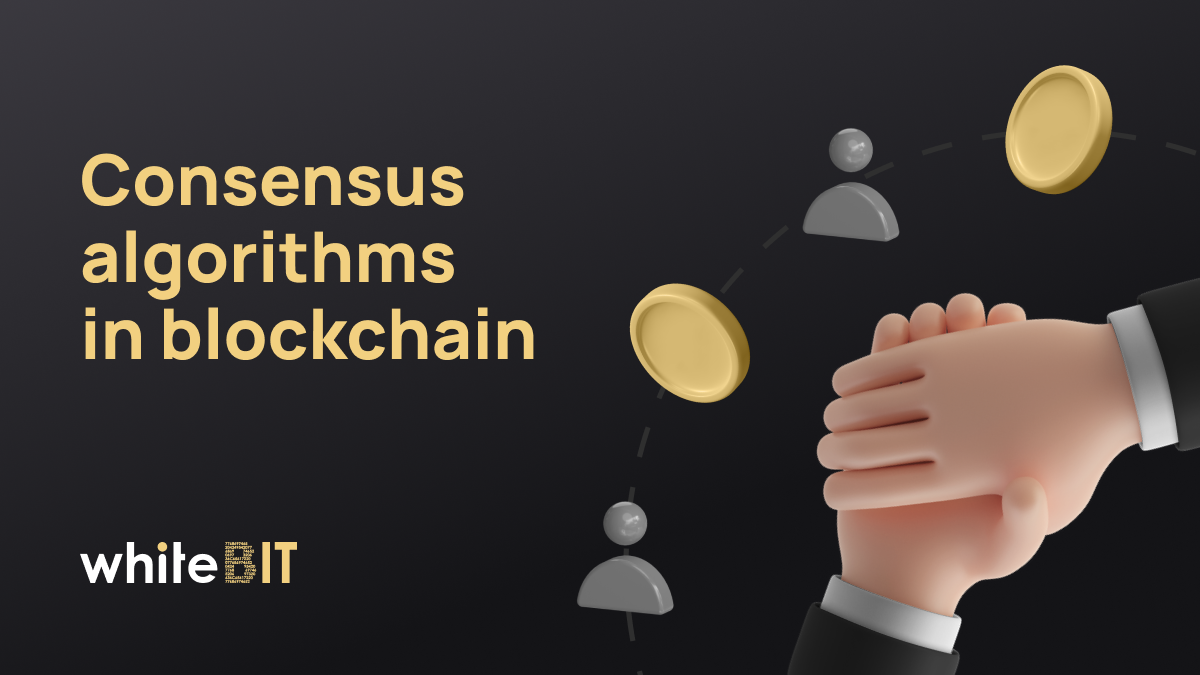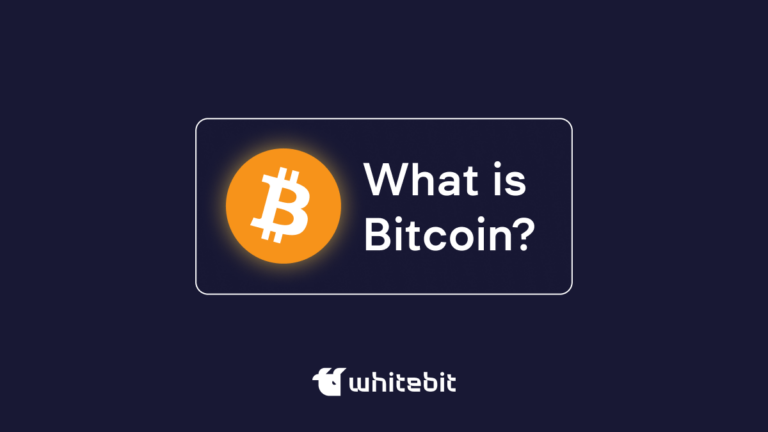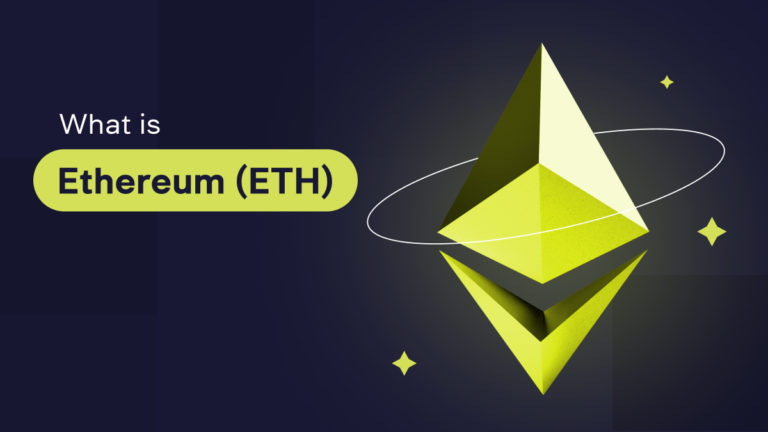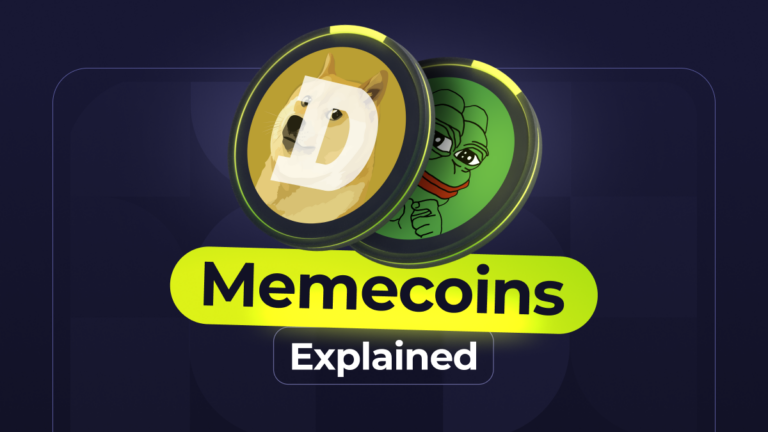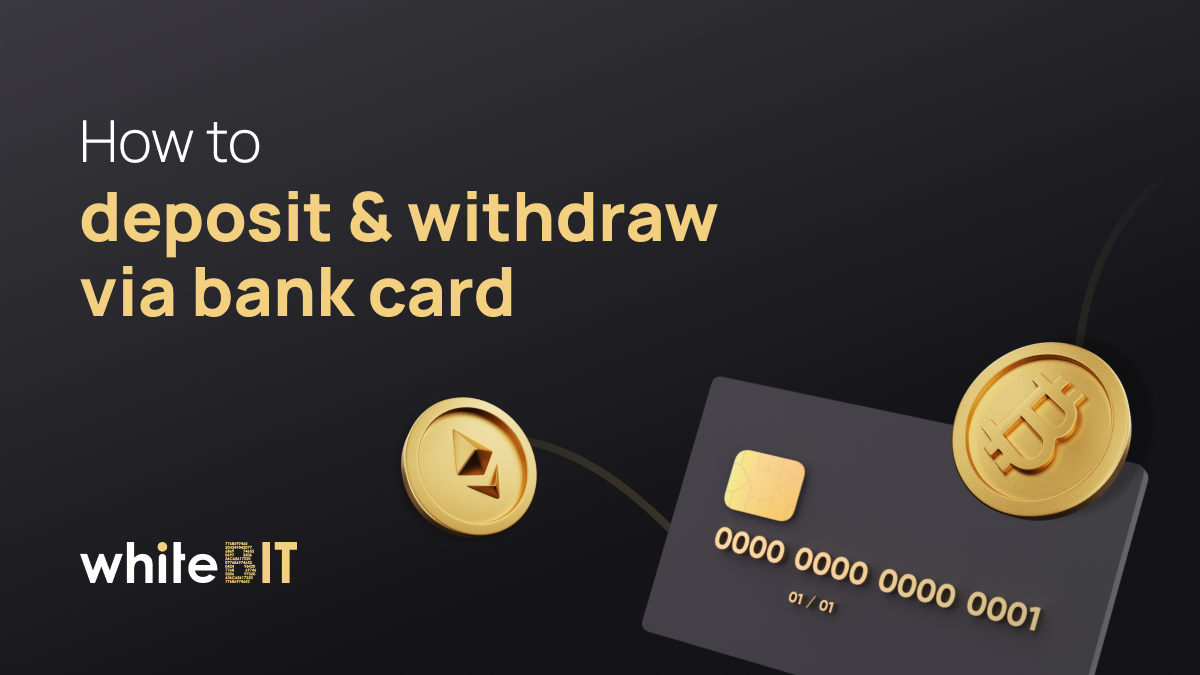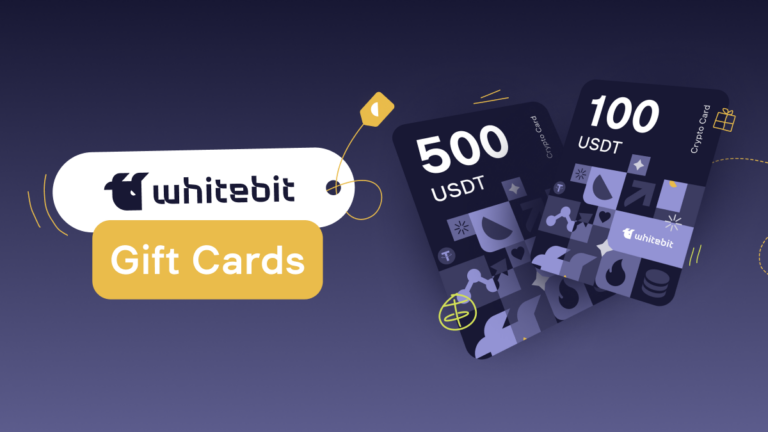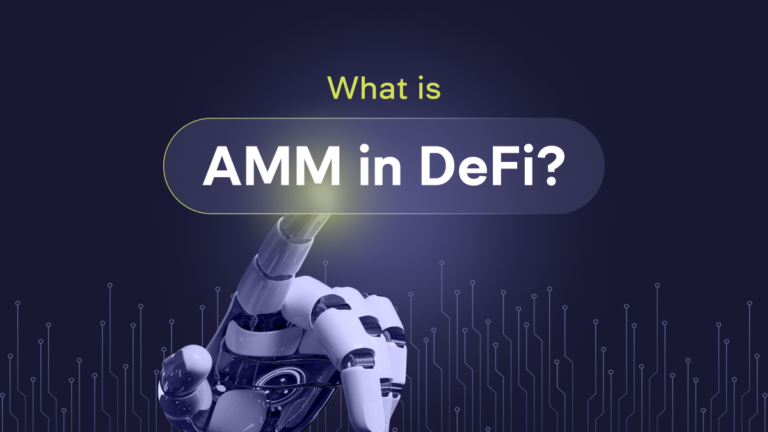What Is Solana (SOL) and How Does it Work?

Content
Regarding next-generation blockchain projects, Solana is invariably at the center of attention. Promising incredible transaction speed and scalability, it has won the trust of many projects and investors. This article will define what is SOL crypto, who created Solana, explain what makes it unique, what problems it solves, and when was solana created.
What Is Cryptocurrency Solana?
Cryptocurrency Solana is a high-performance blockchain platform that provides fast and scalable operation of decentralized applications and cryptocurrency transactions. Unlike traditional blockchains such as Bitcoin (BTC) and Ethereum (ETH), which face limited bandwidth and high transaction fees, Solana utilizes innovative technologies to achieve high performance and low costs.
Through its unique consensus and processing optimization approach, Solana can process up to 65,000 transactions per second. The platform provides fast and reliable transaction confirmations with the Proof of History (PoH) mechanism and Tower BFT algorithm. This enables developers to build scalable, efficient, decentralized applications that can process large amounts of data in real time.
Who Founded Solana: History of Creation
The story behind the creation of the SOL token began in 2017 when its founder, Anatoly Yakovenko, presented a white paper (crypto documentation) describing the concept of Proof of History. Anatoly, a former Qualcomm engineer, saw a need to create a blockchain that could handle a high workload without sacrificing decentralization and security. Together with co-founders Greg Fitzgerald and Stephen Acreage, they founded Solana Labs, a company focused on developing and launching SOL cryptocurrency. The platform was officially launched in 2020, and since then, it has attracted numerous projects and investors, becoming one of the leading blockchain platforms on the market.
How Does Solana Work?
Blockchain Solana operates on a unique combination of technologies, ensuring high performance and scalability. The main technology is Proof of History (PoH), invented by Anatoly Yakovenko. PoH allows the creation of a timestamp for each transaction, ensuring consistency and temporal order without involving all network nodes. This dramatically speeds up transaction processing, as nodes do not waste time on time negotiation.
Another key technology is Tower BFT (Byzantine Fault Tolerance), an improved version of the PBFT (Practical Byzantine Fault Tolerance) consensus algorithm. Tower BFT uses PoH timestamps to simplify and speed up reaching consensus among nodes.
Solana cryptocurrency also utilizes Turbine technology, which breaks data into small packets and sends them parallel across the network, reducing load and increasing throughput. Gulf Stream is a protocol that pre-selects leaders to create blocks, reducing latency. In addition, Solana utilizes Cloudbreak for efficient data management and Sealevel to execute smart contracts in parallel, improving overall network performance.
Solana Ecosystem
The Solana ecosystem is a dynamic network of decentralized applications (apps), protocols, and projects that leverage the platform’s high speed and scalability. The ecosystem includes different types of projects, such as decentralized finance (De-Fi), NFT marketplaces, blockchain games, and infrastructure projects.
The key components of the Solana ecosystem are:
- DeFi protocols: Solana supports many DeFi projects, including decentralized exchanges, staking and lending platforms, and payment solutions.
- NFT platforms: Solana has become popular for creating and trading NFT due to its low fees and high throughput. Large NFT marketplaces such as Solanart and Magic Eden are active in the Solana ecosystem.
- Blockchain-based gaming: Solana has also attracted the attention of game developers creating blockchain-based games that utilize tokens and NFTs for game assets.
- Infrastructure projects: The Solana ecosystem is developing projects that improve blockchain infrastructure, including solutions for oracles, wallets, and developer tools.
Solana Features and Benefits
Solana aims to ensure that the entire decentralized network of nodes functions as efficiently as a single individual node. This requires optimizing the communication between nodes. Solana accomplishes this goal by implementing eight key solutions:
- Proof of History (PoH): Solana utilizes a unique consensus mechanism called Proof of History (PoH), which serves as the basis for time-stamping all transactions. This technology speeds up the transaction verification process because network nodes can agree based on a single-time order of events, eliminating the need for lengthy reconciliation between them.
- Tower BFT: Based on PoH, Solana has implemented a modified version of the Byzantine Fault Tolerance (BFT) consensus algorithm called Tower BFT. This mechanism further enhances the security and performance of the network by ensuring reliability even in the presence of rogue nodes.
- Turbine: Solana utilizes the Turbine data transfer protocol, which breaks data into smaller chunks, allowing it to propagate through the network more efficiently and quickly. This greatly improves the network’s scalability, reducing the load on the nodes.
- Gulf Stream: Solana has implemented the Gulf Stream protocol, which pre-sends transactions before confirming them in the blockchain. This reduces transaction waiting time and improves overall processing speed.
- Sealevel: Solana also supports parallel execution of smart contracts thanks to the Sealevel execution engine. This means they can be executed simultaneously in large numbers without blocking each other, significantly improving network performance.
- Pipelining: Pipelining technology allows SOL crypto to process incoming data in stages using parallel computing optimization efficiently. This ensures a constant and fast flow of transactions.
- Cloudbreak architecture: Solana’s Cloudbreak storage system is organized to support simultaneous reading and writing of data to handle high levels of transactional load without degrading performance.
- Archivers: In the Solana network, special nodes (nodes) called archivers are responsible for storing data and providing access to it when needed. This allows the network to manage transaction history and data efficiently
Solana Challenges and Controversies
- Centralization: Despite claims of decentralization, Solana has been criticized for its high degree of centralization, with a significant number of tokens concentrated in some investors and validators.
- Network failures: Solana has repeatedly experienced scaling issues and network failures, which temporarily made the platform unavailable and raised questions about its reliability.
- High hardware requirements: Validators in Solana’s network must have high-performance hardware, which creates barriers to entry for new entrants and can promote centralization.
- Competition: Solana faces stiff competition from other high-performance blockchain platforms, such as Ethereum 2.0, making it difficult to attract new users and developers.
- Regulatory Risks: Like all cryptocurrencies, Solana crypto is subject to regulatory risks, including possible changes in legislation and the legal status of cryptocurrencies, which may affect its development and use.
Solana Disadvantages
- Attacks and vulnerabilities: the Solana coin has repeatedly been the target of hacking attacks and vulnerability revelations, which raises questions about its security.
- Economic model: Some experts criticize Solana’s economic model for lack of stability and potential problems with token inflation.
- Ethics and transparency: Questions have been raised about the transparency of governance and decision-making within the project, which could undermine community trust.
- Ecosystem and dapp: Despite the ecosystem’s growth, some developers need help in creating and implementing an app on the Solana platform due to its specificity and technical requirements.
Solana vs. Ethereum
| Solana | Ethereum | |
| Launch | 2020 | 2015 |
| Token | SOL | ETH |
| Smart Contract | + | + |
| DeFi and NFT | + | + |
| Number of dapp | More than 350 | More than 3000 |
| Throughput capacity | Up to 65,000 TPS | About 30 TPS |
| Fees | Low | High |
The Bottom Line
Solana is a high-performance blockchain platform that uses unique technologies to enable fast and scalable decentralized applications and cryptocurrency transactions. Solana’s development shows that even in a competitor-saturated environment, it is possible to stand out by offering unique solutions. High performance, low fees, and an active community make Solana attractive to developers and investors. In the long term, this platform may play a key role in the future of the blockchain industry.
FAQ
Solana uses a modified version of the Proof of Stake (PoS) algorithm called Tower BFT (Byzantine Fault Tolerance), which works in conjunction with a unique Proof of History (PoH) mechanism.
Solana is used to create decentralized applications and smart contracts and to conduct fast and cheap transactions.
Yes, Solana is an open-source project.

